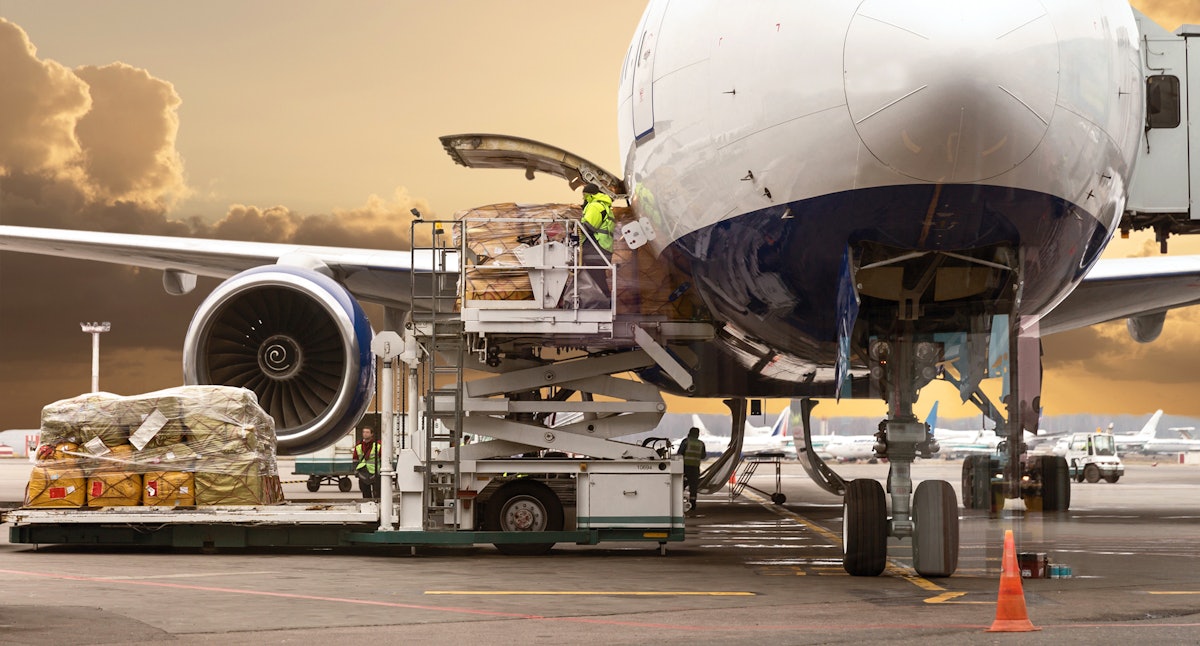
Mariakray AdobeStock_178549802
The International Air Transport Association (IATA) expects severe supply chain issues to continue impacting airline performance into 2025, raising costs and limiting growth.
“Supply chain issues are frustrating every airline with a triple whammy on revenues, costs, and environmental performance. Load factors are at record highs and there is no doubt that if we had more aircraft they could be profitably deployed, so our revenues are being compromised. Meanwhile, the aging fleet that airlines are using has higher maintenance costs, burns more fuel, and takes more capital to keep it flying. And, on top of this, leasing rates have risen more than interest rates as competition among airlines intensified the scramble to find every way possible to expand capacity. This is a time when airlines need to be fixing their battered post-pandemic balance sheets, but progress is effectively capped by supply chain issues that manufacturers need to resolve,” says Willie Walsh, IATA’s director general.
Key takeaways:
- Average age of the global fleet has risen to a record 14.8 years, a significant increase from the 13.6 years average for the period 1990-2024.
- Aircraft deliveries have fallen sharply from the peak of 1,813 aircraft in 2018. The estimate for 2024 deliveries is 1,254 aircraft, a 30% shortfall on what was predicted going into the year.
- The backlog for new aircraft has reached 17,000 planes, a record high. At present delivery rates, this would take 14 years to fulfil, double the six-year average backlog for the 2013-2019 period.
- The number of “parked” aircraft is 14% (approximately 5,000 aircraft) of the total fleet (35,166 as at December, including Russian-built aircraft).
- Fuel efficiency (excluding the impact of load factors) was unchanged between 2023-2024 at 0.23 litres/100 available ton kilometers (ATK). This is a step back from the long-term (1990-2019) trend of annual fuel efficiency improvements in the range of 1.5-2.0%.
- Exceptional demand for leased aircraft pushed leasing rates for narrow body aircraft to levels 20-30% higher than in 2019.
“The entire aviation sector is united in its commitment to achieving net zero carbon emissions by 2050. But when it comes to the practicality of actually getting there, airlines are left bearing the biggest burden. The supply chain issues are a case in point. Manufacturers are letting down their airline customers and that is having a direct impact of slowing down airlines’ efforts to limit their carbon emissions. If the aircraft and engine manufacturers could sort out their issues and keep their promises, we’d have a more fuel-efficient fleet in the air,” says Walsh.

